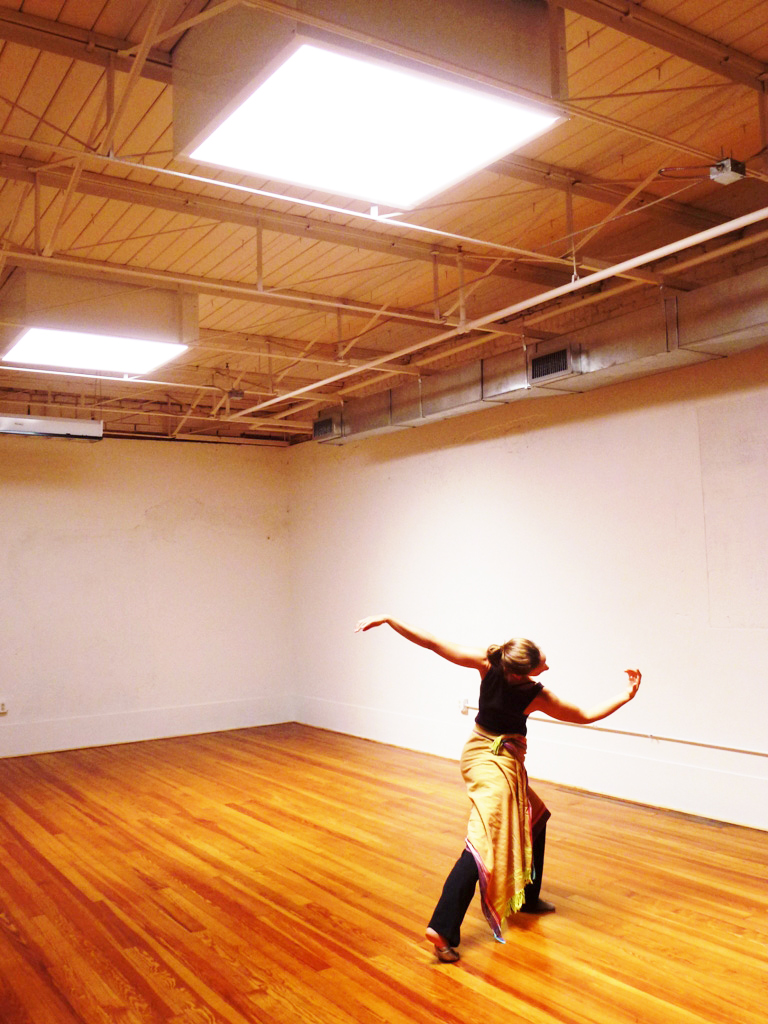Daylighting systems are one of the basic components of efficient solar building design and one of the most cost-effective investments for energy and carbon savings world-wide. In fact, electric lighting energy consumption in conventional tertiary buildings is in average of 35% of the total electric load – demands that are generated primarily during the day when daylight is abundant. Since the energy drawn for electric lighting is ultimately converted into heat, there is additionally a load on the cooling system. Proportional to the total energy used, electric lighting can add as much as 16% to the cooling energy bill, such that the combined electricity costs for lighting and cooling are almost 50% of total electric demand.
In developing countries, the important energy service for the majority of households and industrial buildings is for lighting. In Morocco for example artificial lighting is used during the daytime while illumination available outdoors commonly amounts 30 times more than that required indoors, even when the sky is overcast. And this is still happening at a time when total energy production is still almost made up of fossil fuel.
Through the use of well-designed and adapted natural daylighting systems which guarantee accessibility of light inside the buildings, energy consumption for lighting can be kept to a minimum. Daylighting methods alone can reduce total energy use by as much as 25– 45%, thus guaranteeing lower electricity bills for households and competitiveness of our industrial sector.
Daylighting systems focuses on bringing and controlling the natural light inside the buildings in order to achieve an adequate illumination level, save energy, and improve users’ productivity and satisfaction. Natural light significantly influences both the balance of energy use in buildings and human activity, offering the occupants comfort and health benefits, given that it plays an important biological role in the control of the physiological and psychological rhythms of living beings.
Several natural lighting systems exist and could channel uniform illumination inside our home, commercial, administrative or industrial buildings. Currently, there are two kinds of natural light illumination systems, active systems and passive systems. The difference between the active and passive systems lies in the ability to track the Sun. [/vc_column_text]
At M-engineering we offer various kind of active and passive daylighting systems and technologies for your interior spaces (including your indoors space daylighting quotes, advices and installations) please visit us at: https://www.m-engineering.ma/market/product-category/day-lighting or https://m-engineering.ma/day-lighting

